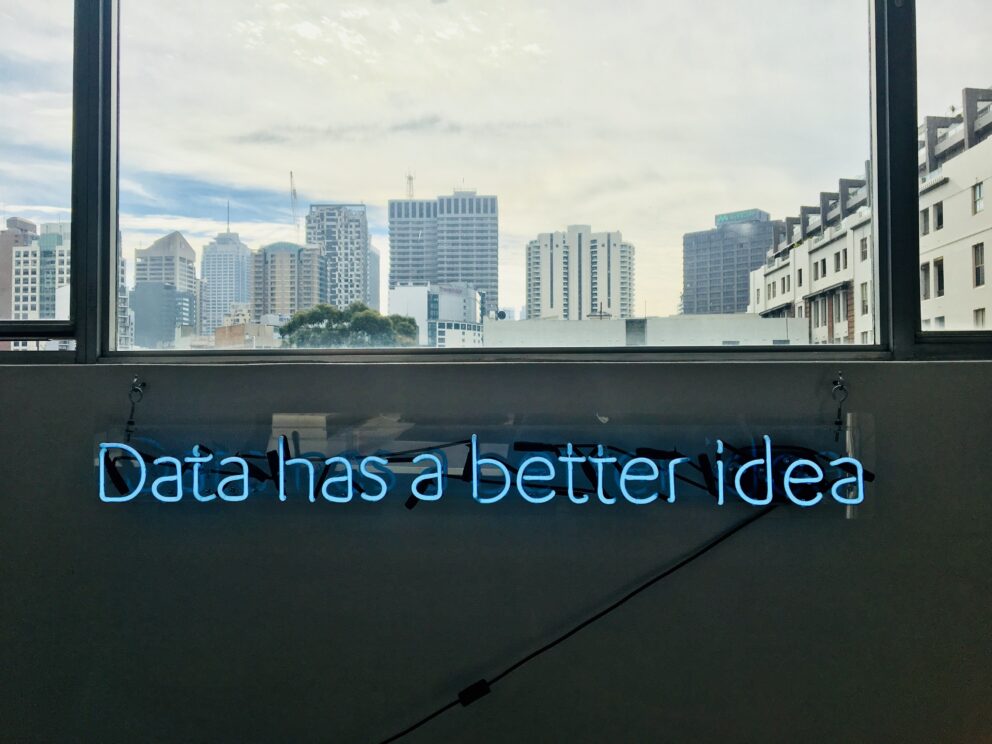
Field Guide to AI: Current Usage - Part 2
Previously we covered what artificial intelligence is and the difference between machine learning and deep learning. In this article we will uncover some of the current uses and applications of AI within the advertising industry.
Introduction
As we previously discussed AI applications use a large amount of data to parse, analyse, and derive analysis, and with the following examples you will see that large amounts of data drive the best implementations currently of AI technology. The area of applications is very broad right now, with many companies offering digital marketing analysis using previous data. As such I will talk about a few standout uses I have encountered. Let’s look at some of them:
Albert.ai
Albert is a cloud-based artificial intelligence solution that optimizes advertising, learning from previous advertising data with a goal to improve effectiveness through greater precision. Its effectiveness relies on the input of current data to help it make better predictions and is not a plug-and-use solution. As a case study, Dole using Albert recently saw an 87% increase in sales across a three month campaign.
Alibaba Luban
Luban is a solution created out of necessity. With a multitude of products, merchants on Alibaba’s market were provided with Luban AI via Alibaba Cloud services. Luban uses AI to create banner ads for products, with the system capable of creating 8,000 unique banners every second. Users input desired design style and picture size and the system automatically creates banners and product ads. Luban has allowed Alibaba merchants to increase the banners for important sales events such as Singles’ Day in China.
Phrasee
Phrasee is AI-powered copywriting which creates marketing copy for email, social media, push notifications, and anywhere else copy is required. Used by brands such as Ebay and Superdry, Phrasee uses deep learning to understand a brand’s voice and applies this data to optimise copy generation. Virgin Atlantic boasts seeing an increase of up to 89% in click rates on a single email campaign using Phrasee technology.
“Alone With Me” Experience by Spotify
Spotify used AI technology to create a unique personalized experience for fans of the Weeknd. Logging on a website, users would see their Spotify data applied to drive a conversation with a digital avatar of the Weeknd. The avatar used voice processing to mimic the voice of the artist as it recounted when the user first listened to their songs, what song they listened to most, and other data pulled from the user’s Spotify account. It’s the most unique use of AI I have so far seen.
https://theweeknd.withspotify.com/
rasa.Ai
rasa.io is an AI-powered email platform that personalizes newsletters based on individual reader behavior. The AI curates and filters content to create individualized smart newsletters. The platform was used by the Australian Dental Association to see a 68% increase in opens and 13% click through rates.
Conclusion
These are a few stand-out examples of AI being used in advertising currently. Many more AI-driven advertising solutions exist, most commonly utilising user prediction, targeting, and personalization of content. In the next article we will talk about the limitations and pitfalls to avoid when using AI. As with any new and exciting technology, it is important to understand where the best value lies.